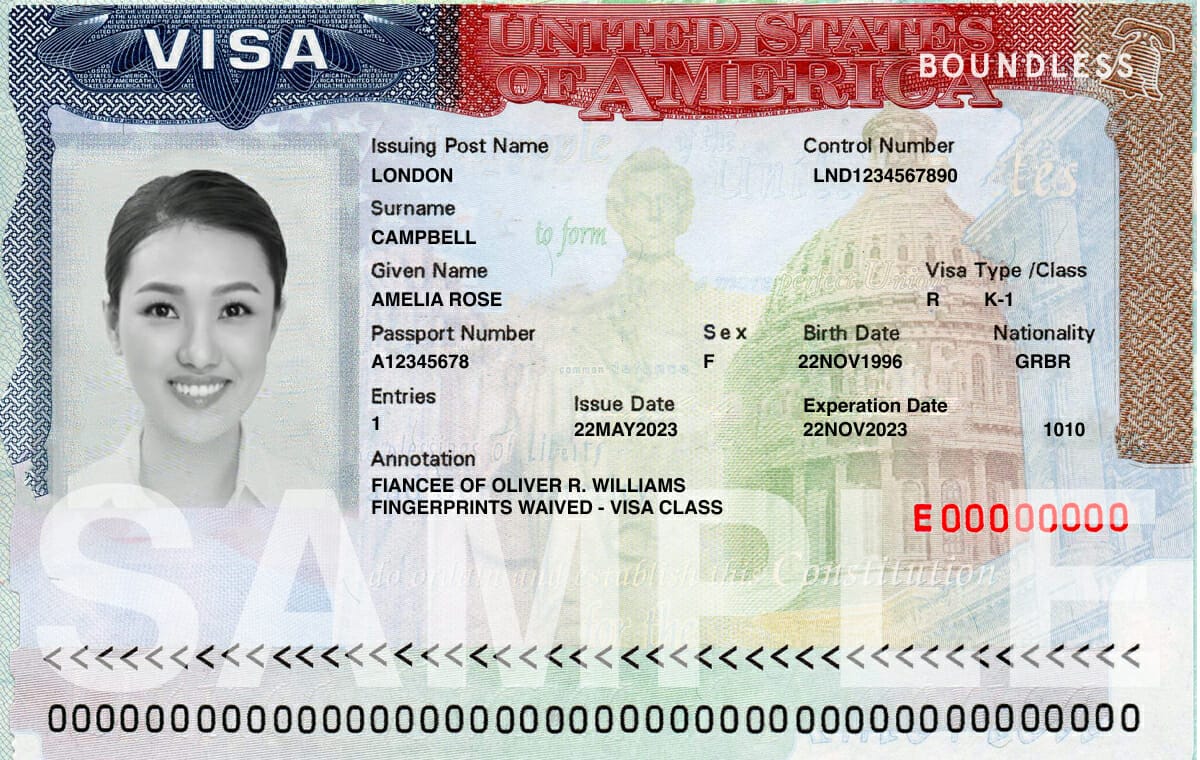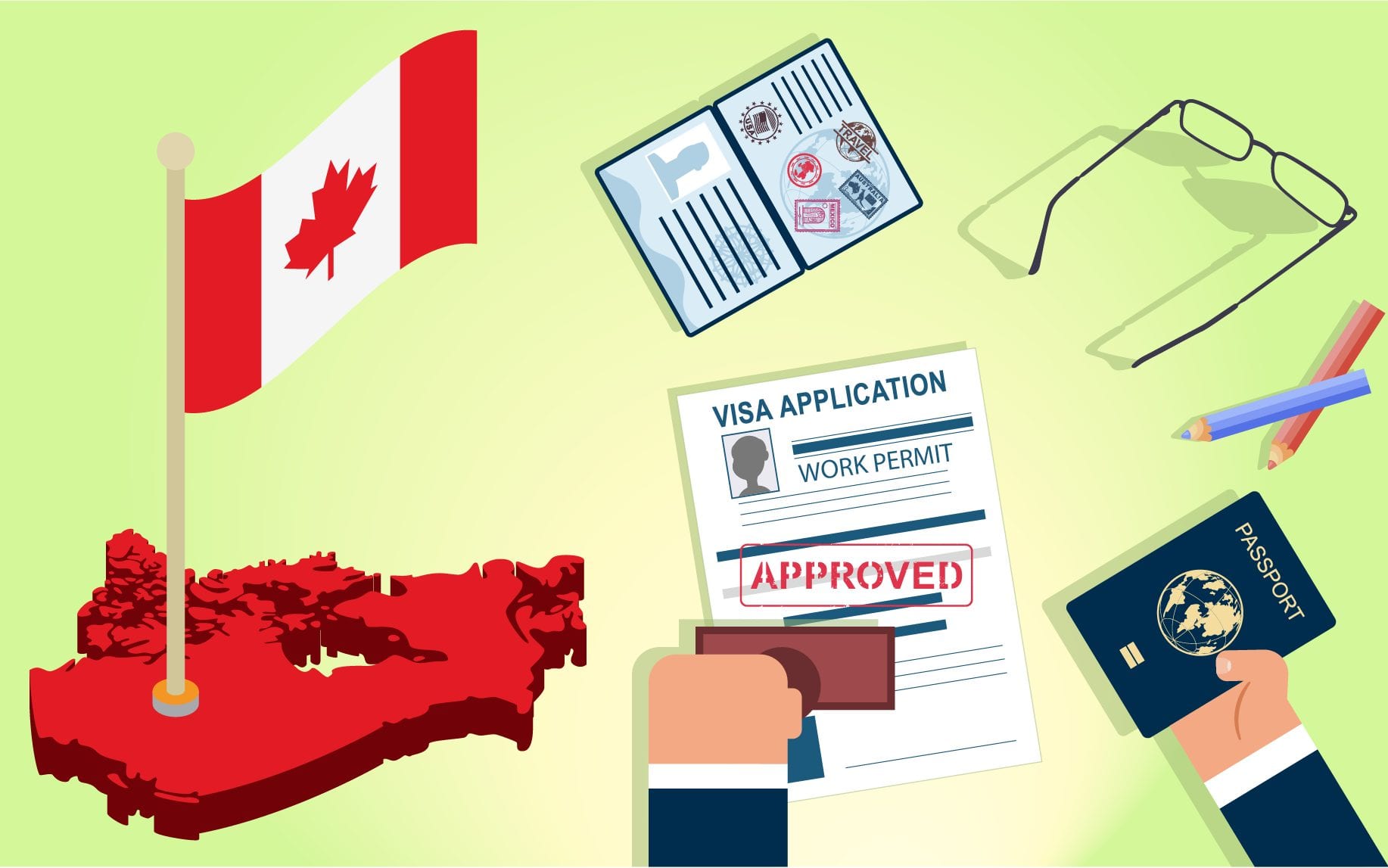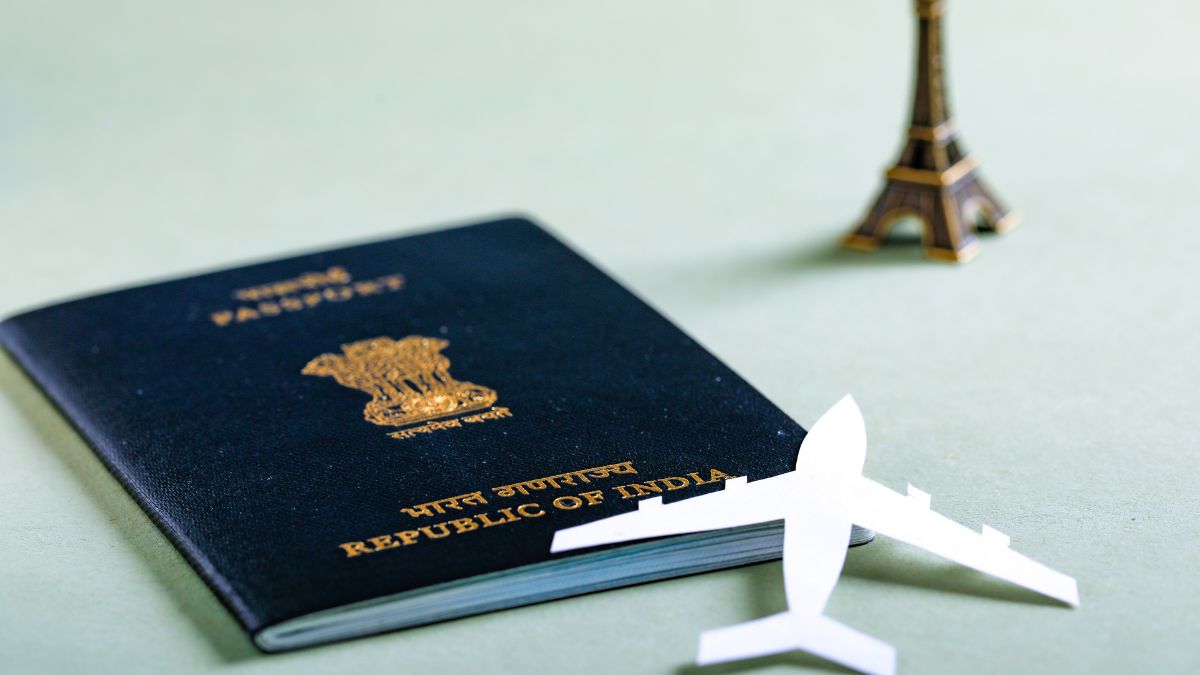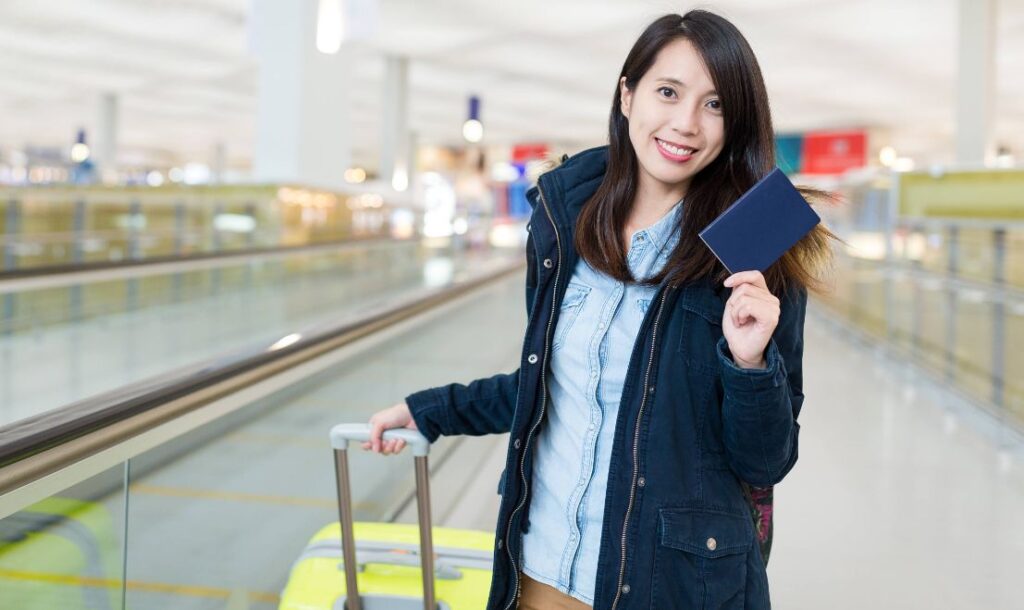Are you a Danish citizen dreaming of exploring the wonders of America? Look no further! In this blog post, we’ve compiled the top tips for successfully obtaining a US visa as a Danish citizen. From navigating the application process to acing your interview, we’ve got you covered. Say goodbye to visa stress and hello to adventure – let’s make your American dream a reality! US VISA FOR DANISH CITIZENS
Introduction: The Importance of Obtaining a US Visa for Danish Citizens
For many Danish citizens, the United States is a popular travel destination. From the bustling streets of New York City to the sunny beaches of California, there are endless opportunities to explore and experience in this diverse country. However, before embarking on your journey to the US, it is crucial for Danish citizens to obtain a US visa.
A US visa is an official document that allows non-US citizens to enter and stay in the country for a specific period. It serves as proof that you have been granted permission by the US government to enter their borders. Without a valid visa, you will not be able to board your flight or cross the border into the US.
There are several types of visas available for Danish citizens looking to visit or stay in the US. The most common ones are tourist visas (B-2) and business visas (B-1), which allow visitors to engage in leisure activities or conduct business respectively. Other types include student visas (F-1), work visas (H-1B), and exchange visitor visas (J-1).
Obtaining a US visa can be a lengthy and complex process, but it is essential for those who wish to travel or live in the country legally. As with any application process, it requires careful preparation and attention to detail. US ESTA APPLICATION FORM
One of the main reasons why obtaining a US visa is crucial for Danish citizens is that they will need it even if they are planning on just transiting through one of its airports. This applies even if you have an approved ESTA (Electronic System for Travel Authorization). Without an approved transit visa, you may risk being denied boarding on your connecting flight.
Furthermore, having a valid US visa gives travelers peace of mind during their trip. With all necessary documents on hand, they can confidently explore everything that America has to offer without worrying about any legal issues arising from improper documentation.
Obtaining a US visa is crucial for Danish citizens who wish to travel or stay in the country. It not only grants legal access to the US but also provides a sense of security and peace of mind during your trip. In the following sections, we will provide you with top tips on how to successfully obtain a US visa as a Danish citizen.
Understanding the US Visa Process: Overview of the different types of visas available and their requirements
The United States offers a wide range of visas for individuals looking to visit, work, study, or permanently immigrate to the country. As a Danish citizen, it is important to understand the different types of visas available and their specific requirements in order to successfully obtain a US visa.
1. Non-Immigrant Visas:
Non-immigrant visas are temporary visas that allow individuals to enter the US for a specific purpose and period of time. The most commonly used non-immigrant visa categories include B-1/B-2 (Visitor Visa), F-1 (Student Visa), J-1 (Exchange Visitor Visa), H-1B (Temporary Worker Visa) and L-1 (Intra-company Transferee Visa).
a. B-1/B-2 Visitor Visa:
This type of visa is suitable for business or tourism purposes such as attending conferences, meeting with clients, or visiting family and friends in the US. To qualify for this visa, applicants must demonstrate strong ties to their home country such as owning property, having a job or family commitments.
b. F-1 Student Visa:
Danish citizens who wish to pursue academic studies at an accredited educational institution in the US can apply for an F-1 student visa. Applicants must provide proof of enrollment from the institution they will be attending and show that they have sufficient funds to support themselves during their stay.
c. J-1 Exchange Visitor Visa:
The J-1 visa is designed for participants in exchange programs sponsored by schools, businesses or government agencies. These programs promote cultural exchange between countries and may include opportunities for work-based training.
d. H-1B Temporary Worker Visa:
The H-1B visa allows skilled workers with a job offer from a US employer to come work in the country temporarily. The job must require specialized knowledge and applicants must possess at least a bachelor’s degree or equivalent experience.
e.LL-I Intra-company Transferee Visa:
The L-1 visa is for employees of multinational companies who are being transferred to a parent, branch, subsidiary or affiliate in the US. Applicants must have worked for the company outside the US for at least one year and possess specialized knowledge or executive/managerial skills.
2. Immigrant Visas:
Immigrant visas are for individuals seeking permanent residence in the US through employment, family sponsorship, or special programs such as asylum or diversity lottery.
a. Employment-Based Immigration:
There are different categories of employment-based immigration which include EB-1 (First Preference), EB-2 (Second Preference) and EB-3 (Third Preference). These visas require an employer sponsor and proof of a job offer in the US.
b. Family-Based Immigration:
US citizens and lawful permanent residents can petition for certain family members to immigrate to the US. The process includes filing a petition with USCIS and waiting for an available visa number based on priority dates.



